Republic of Kenya
Overview of the cultural landscape
Kenya is located in Eastern Africa, bordering Somalia and Ethiopia in the north, Uganda and South Sudan to the west and Tanzania in the south. The country is situated directly on the equator and contains an abundant and diverse set of wildlife and landscapes. Kenya’s population is also ethnically diverse. Today, there are at least 42 different Kenyan ethnic groups.
Kenya has incredible ethnic diversity. More than half of the country's ethnic groups have Bantu origins. The largest ethnic group in Kenya is the Kikuyu people. Other major ethnic groups include the Luhya, Luo, Kalenjin, Kamba, Kisii and Meru. Each tribe is further divided into clans or sub-tribes, sometimes understood as a family. For example, there are approximately 18 clans in the Luhya tribe. Kenyans tend to associate certain social qualities with different ethnic groups. For instance, the Luo are often seen as being proud of their language and culture. Similar distinctions of social characteristics are made within ethnic groups as well. For example, among the Kikuyu people, those living in Nyeri are commonly seen as industrious or entrepreneurs.
Culturally, Kenyans identify with their tribe or ethnic group with many Kenyans following traditions that relate to their ethnicity, from the name they give their children to the way they serve their food. People are often especially proud of their native language as it tends to be correlated with their ethnic identity.
Nevertheless, there is a strong sense of national identity. Many are proud of their cultural heritage, accomplishments and the country’s successful efforts to achieve economic growth.
The language of Swahili (also known as ‘Kiswahili’) has also helped shape a common national identity that transcends ethnic boundaries. Almost all Kenyans can speak Swahili, which was selected as the national language of Kenya after independence partly due to its linguistic commonality with other Bantu-based languages in the country. English is also an official language and is mainly used for business, education and official purposes. Hence, many Kenyans also speak English at a high proficiency. Along with Swahili and English, each ethnic group speaks its language as a native tongue. Most languages in Kenya fall into one of two categories: Bantu or Nilotic. Swahili is commonly used when Kenyans communicate to other Kenyans from a different ethnic group.
KEY CULTURAL SITES
Fort Jesus, Mombasa
This fort is one of three cultural UNESCO World Heritage Sites in Kenya. It was inscribed into the list in 2011 as this 16th-century fort was designed to guard the Old Port of Mombasa. This fort is the only one that was maintained by the Portuguese in the Swahili Coast. Hence, it is also a symbol of how Western power successfully established their influence on the trading activity in the Indian Ocean. The architecture of the fort itself was important to the cultural heritage of the site. Aside from showcasing Renaissance architectural style, the labor, materials and masonry techniques are inspired by the local Swahili people. Meanwhile, the fort is considered as one of the best military fortifications during the late Renaissance era.
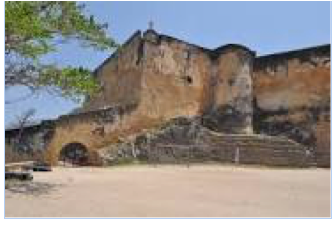
Fort Jesus cultural site in Mombasa
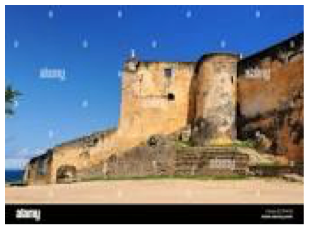
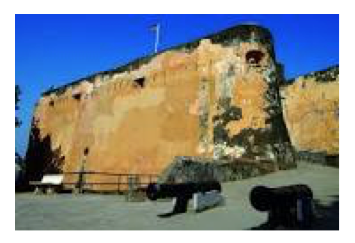
Lamu Old Town
The Lamu Old Town is considered as the best preserved and oldest Swahili settlement in the coastal strip of East Africa. This town has been continually inhabited for 7 centuries. Even today, this town still has some of Kenya’s most conservative societies. Lamu Old Town serves as the cradle of civilization for the Swahili people. This is commemorated through the many cultural festivals and Islamic celebrations in the town. In 2001, it was added to the list of UNESCO World Heritage Sites in Kenya.
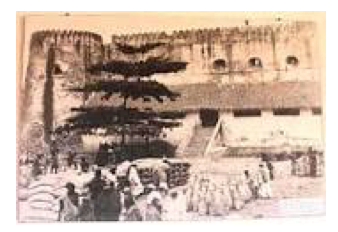
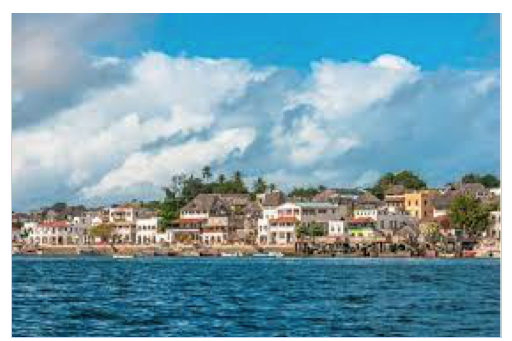
Lamu old town
Sacred Mijikenda Kaya Forests
The Sacred Mijikenda Kaya Forests in Kenya is another entry to the list of UNESCO World Heritage Sites in Kenya. It is composed of 11 forest sites that are located along the coast of fortified villages by the Mijikenda people. These villages are locally known as kayas.
These villages were formed in the 16th century. But by 1940s, the villages had been left in an abandoned state. They are then regarded as sacred sites and are still being maintained by a council of elders. Due to its unique testimony to a rich cultural tradition in Kenya, it earned a spot in the UNESCO list.
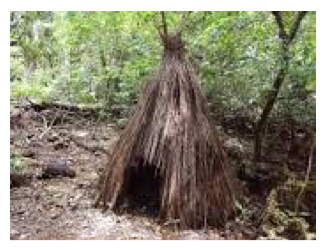
A shrine inside the sacred kaya forest of the Miji-Kenda community
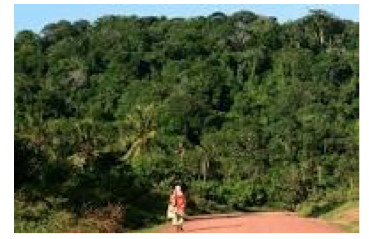
Sacred kaya forests of the Miji-Kenda community along the coast region

National Museums of Kenya & the National Archives
Right in the city of Nairobi, these two sites act as a collection point for everything that Kenya has to offer. At the National Archives, you will find records on all the tribes, traditions and Kenyan ways conceivable. At the National Museums of Kenya, you will get to see some of the best art and show of culture from various local tribes and artists.
The Bomas of Kenya
For those who want to experience a cross-section of all the cultures that Kenya has to offer, they only need to visit the Bomas of Kenya on Lang’ata Road in Nairobi. You will get to see almost everything that the different Kenyan cultures and traditions are made of. From mud thatched houses, to traditional cooking stoves and beautiful dances. The Bomas of Kenya is like the entire country bundled into one lovely compound.
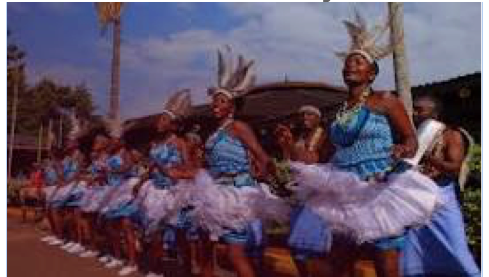
Bomas of Kenya dancers in action
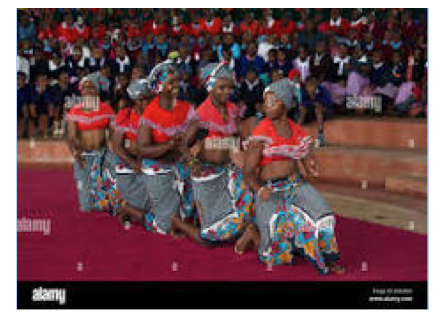
Bomas of Kenya dancers entertaining guests
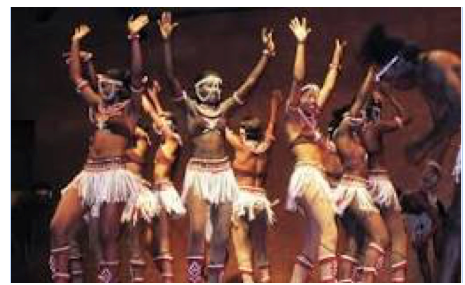
Bomas of Kenya dancers performing acrobatic dance
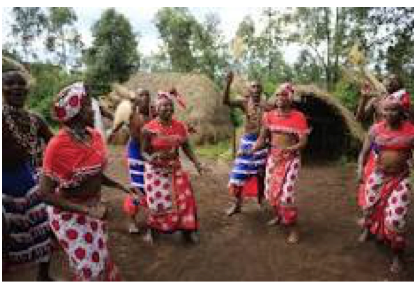
Loita Plains, Narok
The Maasai are world-renowned for simply refusing to let their culture be eroded by western influences and beliefs. And they are loved them for that! To experience the best of this majestic, yet adorably head-strong culture, one is required to take a trip to Narok. Taking a guided tour in the Loita Plains will give you an insight on how traditional Maasai live (Manyattas, spears and fearless warriors who do not flinch at the sight of a lion and a nomadic lifestyle).
Kit Mikayi , Kisumu
Kit Mikayi in Kisumu and the Crying Stones in Kakamega are major cultural attractions sites in Nyanza and Western regions of Kenya.
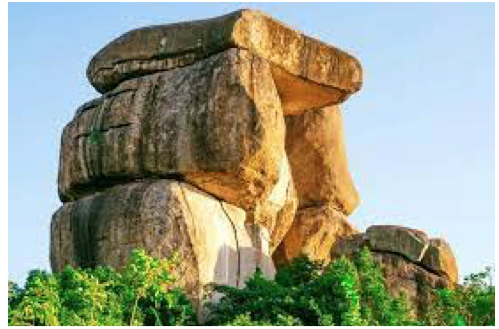
The Kit-Mikay cultural shrine in Kisumu
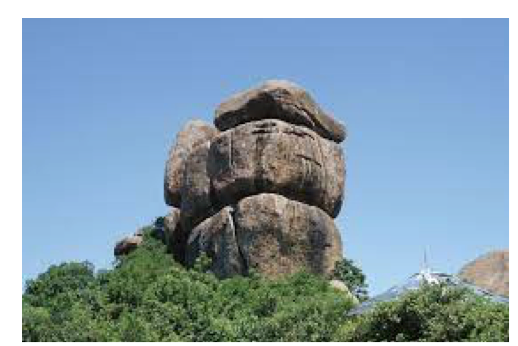

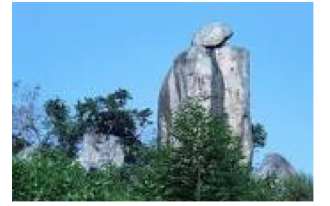
The crying stone found in Kkakamega- Kenya
Lake Turkana
When you venture up North, you will stumble upon an arid region known as Turkana. Lake Turkana is the biggest attraction in this vast area. This alkaline water body is the life line of a region that is mostly populated by the nomadic Turkana people. Another interesting fact is that Lake Turkana is home to the endangered El Molo people. A tribe that is quiet literally disappearing. There is almost nowhere else in Kenya that you can experience the Turkana and El Molo culture as you can at Lake Turkana. It is also credited as being the cradle of mankind

Lake Turkana
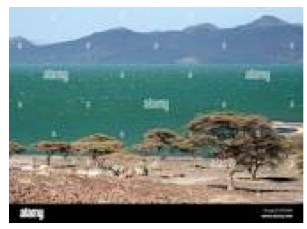
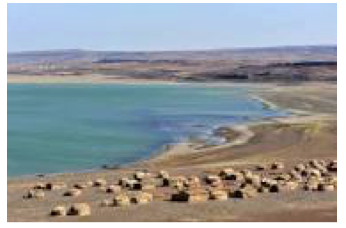
Lake Turkana cultural site